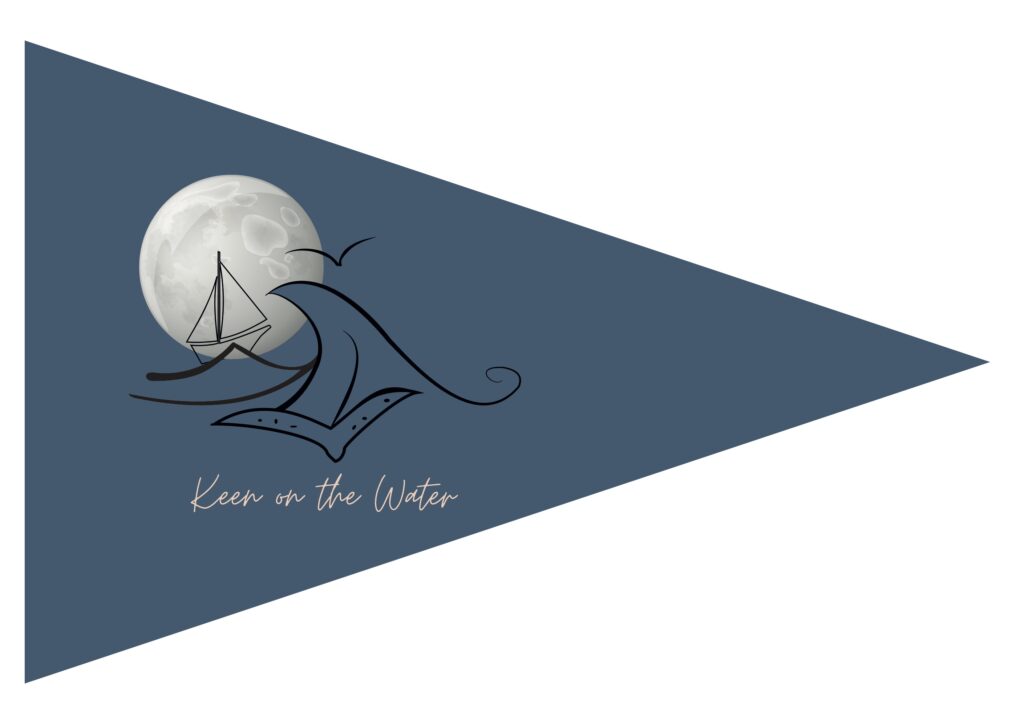Sailing the seven seas is a dream woven with threads of romance and adventure, promising unparalleled beauty and serenity. The open ocean presents a canvas painted with the Milky Way’s brilliance, the dance of shooting stars, and the breathtaking spectacle of sunrises and sunsets, adorned with the elusive green flash. These moments, paired with encounters with wildlife and the solitude of remote islands, create an unparalleled tapestry of experiences. However it’s navigating the ups and downs of sailing that can really test a person.

Yet, beneath the surface of this idyllic imagery lies a truth every sailor knows well – the sea is a fickle mistress, and chaos can strike at any moment. As someone who has sailed through both the tranquil and tempestuous, I’ve come to understand that it’s not the calm seas but the stormy waters that truly define a sailor.
Problems from every direction.
From the mechanical woes of de-laminating booms and broken shaft seals to the unexpected challenges of an unresponsive autopilot and the intricacies of crew dynamics, every journey is a gamble. The key, however, is not to succumb to panic. In the face of these unforeseen events, we navigate the storm with a combination of creative problem-solving and sheer initiative. Much of the time, we find ourselves making it up as we go, relying on the invaluable teacher that is experience.
Experience vs practice.
Practice is the cornerstone of proficiency, especially in sailing where the unpredictability of the sea demands a well-honed skill set. The importance of practice lies in its ability to expose sailors to challenging scenarios that may not arise during smooth sailing. When everything is going well, the opportunity to develop problem-solving skills and handle unexpected issues is limited. Engaging in regular practice, be it in passage planning with contingencies, navigating at night without relying on electronic charts, or conducting safety drills, ensures that sailors are equipped to handle any challenges that may arise. It not only sharpens technical skills but also fosters a mindset of preparedness, enabling sailors to navigate through rough waters with confidence and competence. In essence, practice serves as the compass that guides sailors through both the serene and stormy seas, preparing them for the uncertainties that lie ahead.

Through these trials, sailors not only weather storms but also forge memories that become the stuff of legend. The bonds formed during chaotic moments at sea are the kind that withstand the test of time. Some of my closest friends are fellow sailors – individuals who have weathered the same storms and shared the same sunsets, creating connections that are as enduring as the sea itself.
Crew dynamics bring their own challenges.
However, sailing brings with it a unique set of challenges, not only in the technical realm but also in navigating the complexities of human interaction. Finding oneself in uncomfortable situations, especially in a remote anchorage with no support, can be daunting. The adage “saying no can make it worse” rings true in these situations, and sailors learn the delicate art of managing discomfort.
Yet, beyond the realm of sailing, there’s a broader lesson to be gleaned. In the wake of uncomfortable situations, we must remember the importance of respect, empathy, and the understanding that appearances can be deceiving. Nobody, regardless of attire or appearance, is ever asking for unwarranted attention or judgment. It’s a call to action to dismantle the culture that perpetuates harm, particularly towards women, and to replace it with a foundation of understanding and respect. Navigating the ups and downs of sailing can give you a much more profound understanding of yourself as well as others.

So, as we sail the seven seas, let’s not only revel in the beauty and chaos of the journey but also remember that the true measure of a sailor lies not just in conquering the sea but in how we navigate the intricate waters of human connection and understanding. Fair winds and smooth seas, fellow sailors.

